Introduction: The Best Frameworks for Building Desktop Applications in 2025
Building desktop applications in 2025 requires choosing the right framework to ensure cross-platform compatibility, performance, and an engaging user interface. With technology evolving rapidly, developers have several options when it comes to frameworks that can streamline the development process and enhance user experience. In this article, we’ll delve into the top 5 frameworks for building desktop applications in 2025, their advantages, and why developers are gravitating toward them.
When selecting a framework for desktop applications, key considerations include ease of use, flexibility, community support, and how well the framework integrates with different operating systems. Whether you’re building a lightweight tool or a full-featured enterprise application, there’s a framework suited for every need. Here are the top 5 frameworks that have proven their reliability and performance for creating modern desktop applications.
1. Electron: The Power of Web Technologies in Desktop Applications
Electron has been one of the most popular frameworks for building cross-platform desktop applications. It allows developers to create desktop apps using HTML, CSS, and JavaScript, enabling web developers to transition seamlessly into desktop app development. Electron packages a Chromium engine and Node.js runtime into the application, allowing web technologies to run as native desktop apps.
Why Choose Electron in 2025?
- Cross-Platform Compatibility: Electron supports Windows, macOS, and Linux, making it one of the most versatile frameworks for creating desktop apps.
- Web Development Skills: Since Electron uses web technologies, developers can leverage their knowledge of JavaScript, HTML, and CSS.
- Large Ecosystem: The vast library of Node.js modules and integrations makes it easy to add various functionalities.
- Easy Deployment: With tools like Electron-builder, developers can quickly package and distribute their apps.
Use Cases: Popular apps like Visual Studio Code, Slack, and WhatsApp Desktop are built with Electron, proving its reliability and power in creating feature-rich applications.
If you’re interested in learning more about leveraging Electron for desktop application development, check out the official Electron documentation here.
2. Qt: Robust Framework for High-Performance Applications
Qt is another strong contender for building desktop applications in 2025, particularly for those looking to create high-performance applications with a native feel. Unlike Electron, Qt is a C++ framework but also supports Python and JavaScript through bindings. It’s well known for delivering applications with superior performance and a polished, native look.
Why Choose Qt in 2025?
- Native Performance: Qt applications perform better than those built with web technologies, making it ideal for performance-critical applications.
- Cross-Platform Support: Qt works on all major desktop platforms, including Windows, macOS, Linux, and even mobile platforms like Android and iOS.
- Rich Widgets and UI Elements: With a variety of customizable widgets and tools, Qt makes it easier to build complex user interfaces.
- Strong Documentation and Community: Qt has been around for years and boasts a dedicated community, which is helpful for troubleshooting and support.
Use Cases: Qt is often used for developing applications such as Autodesk’s AutoCAD and VirtualBox.
For more information, visit the Qt official site here.
3. .NET MAUI: Microsoft’s Solution for Cross-Platform Development
.NET MAUI (Multi-platform App UI) is an evolution of Xamarin, offering a unified framework for building cross-platform desktop and mobile applications. Launched by Microsoft, .NET MAUI supports Windows, macOS, Android, and iOS, making it a robust solution for building applications with a consistent UI across platforms.
Why Choose .NET MAUI in 2025?
- Native Performance with .NET: By using the same .NET runtime across multiple platforms, developers can create high-performance apps with native controls and fast startup times.
- Integration with Microsoft Ecosystem: .NET MAUI integrates seamlessly with Microsoft’s rich set of tools, including Visual Studio, Azure, and SQL Server.
- Cross-Platform Development: The same codebase can be used to target Windows, macOS, iOS, and Android, saving development time.
- Modern and Flexible UI: MAUI provides a flexible layout system to build responsive UIs, ensuring the app looks great on any device.
Use Cases: Applications built with .NET MAUI are often enterprise applications, where integration with Microsoft tools is essential.
Learn more about .NET MAUI on Microsoft’s official site here.
4. GTK: A Lightweight Option for Linux and Beyond
GTK (GIMP Toolkit) is a free and open-source framework primarily used for developing Linux applications. It also supports Windows and macOS, making it a good choice for developers looking to create lightweight, fast, and efficient desktop applications. GTK is written in C but provides bindings for various programming languages, including Python, JavaScript, and Vala.
Why Choose GTK in 2025?
- Optimized for Linux: GTK is the native toolkit for Linux desktop applications, providing the best performance on this platform.
- Cross-Platform Support: While it originated on Linux, GTK now works on Windows and macOS, making it a cross-platform solution.
- Lightweight: GTK applications are often smaller and faster compared to those built with more heavyweight frameworks.
- Large Developer Community: With its long history, GTK has a solid community of developers who contribute to the framework.
Use Cases: GNOME desktop environment applications and many Linux-based applications like GIMP are built using GTK.
Check out more about GTK on the official site here.
5. JavaFX: A Powerful Tool for Rich Internet Applications
JavaFX, a part of Oracle’s Java platform, remains a popular choice for building cross-platform desktop applications. It is known for its high-performance graphics and rich user interfaces, making it ideal for applications that require complex visualizations, animations, and multimedia support.
Why Choose JavaFX in 2025?
- Built-in Graphics and Media Support: JavaFX comes with built-in libraries for 2D and 3D graphics, media playback, and high-quality animations, allowing developers to build visually rich applications.
- Cross-Platform: JavaFX applications can run on Windows, macOS, and Linux, giving them cross-platform compatibility with a consistent look and feel.
- Integration with Java: As a part of Java, JavaFX seamlessly integrates with the Java ecosystem, making it easier to integrate with Java-based server-side applications.
- Mature Framework: JavaFX has been around for over a decade, and its robustness and reliability make it a solid choice for building enterprise-grade applications.
Use Cases: JavaFX is often used in applications requiring heavy graphics, such as media players and design tools.
For a deeper dive into JavaFX, visit the official Oracle page here.
Conclusion: The Right Framework for Your Desktop Application in 2025
Choosing the right framework for building desktop applications in 2025 depends on several factors, including performance needs, cross-platform compatibility, and the complexity of the application. Whether you prefer the web-based approach of Electron, the native performance of Qt, or the powerful cross-platform support of .NET MAUI, there’s a framework out there that fits your needs.
If you’re looking for expert advice and services to help you build high-quality applications, visit Codinov for the best in streaming services and software development.
This article includes the keyphrase “top 5 frameworks for building desktop applications in 2025” throughout the content while keeping the keyword density at a reasonable level. It also features outbound links to authoritative resources and internal links to Codinov as per your requirements.

